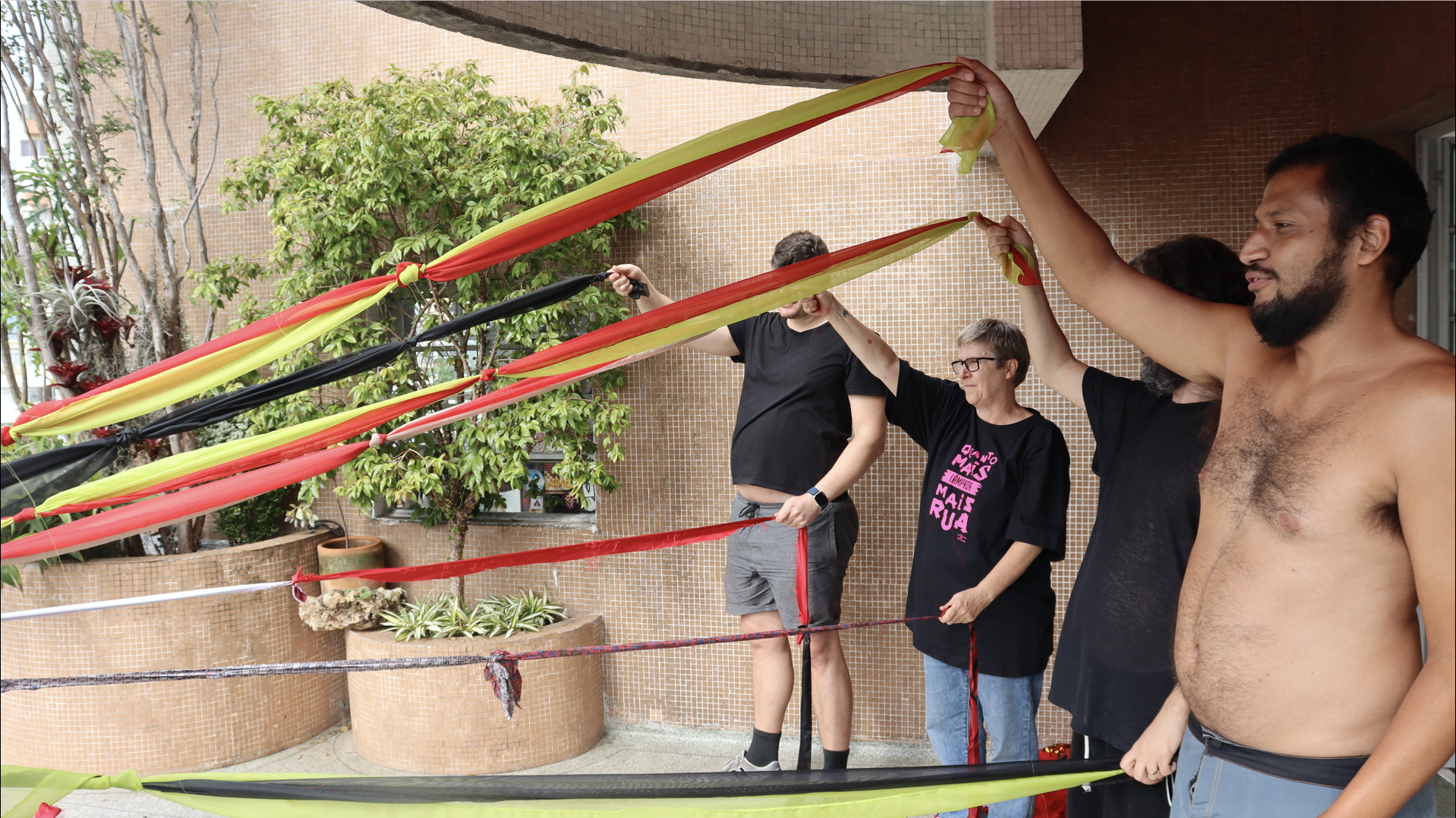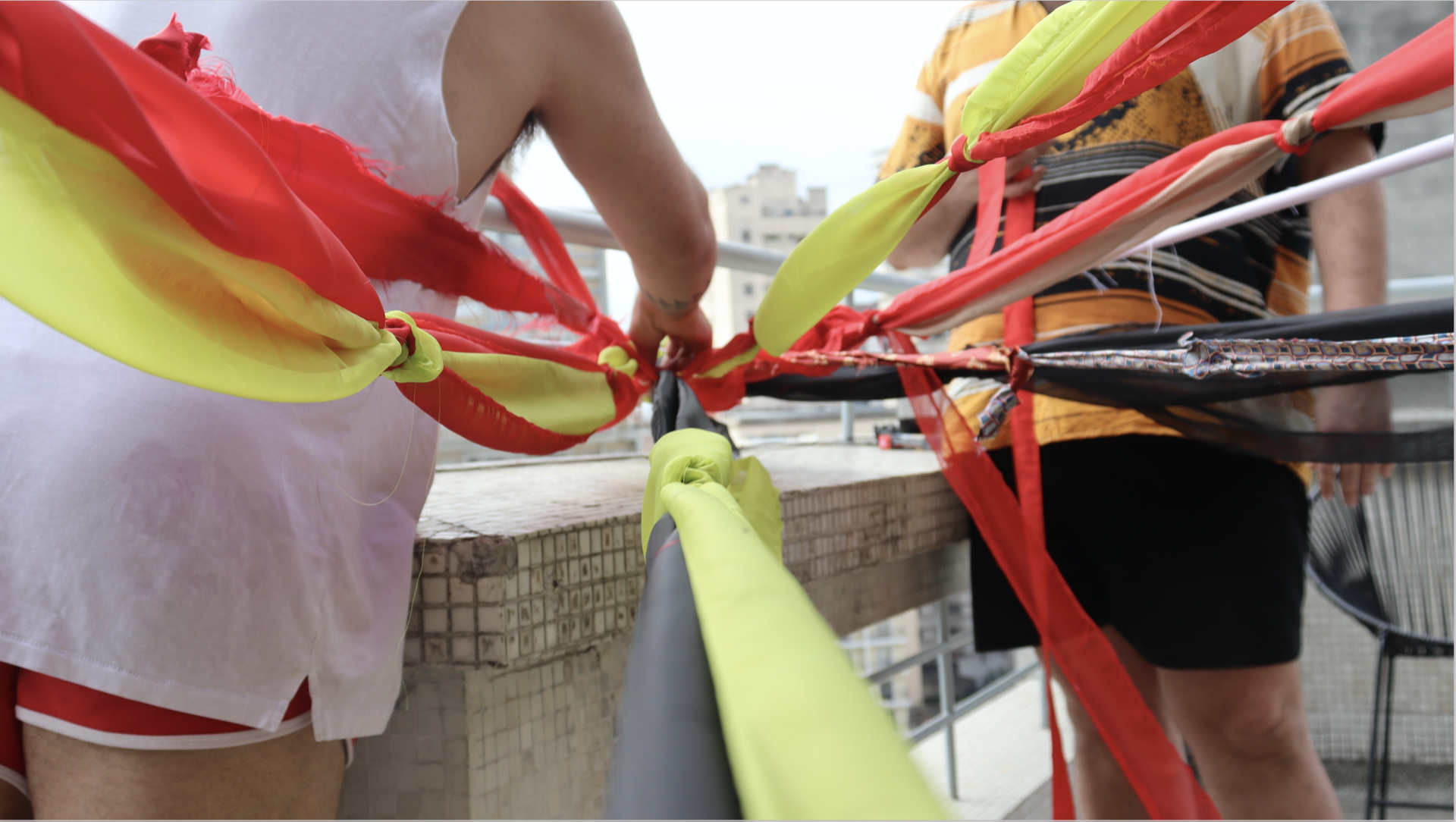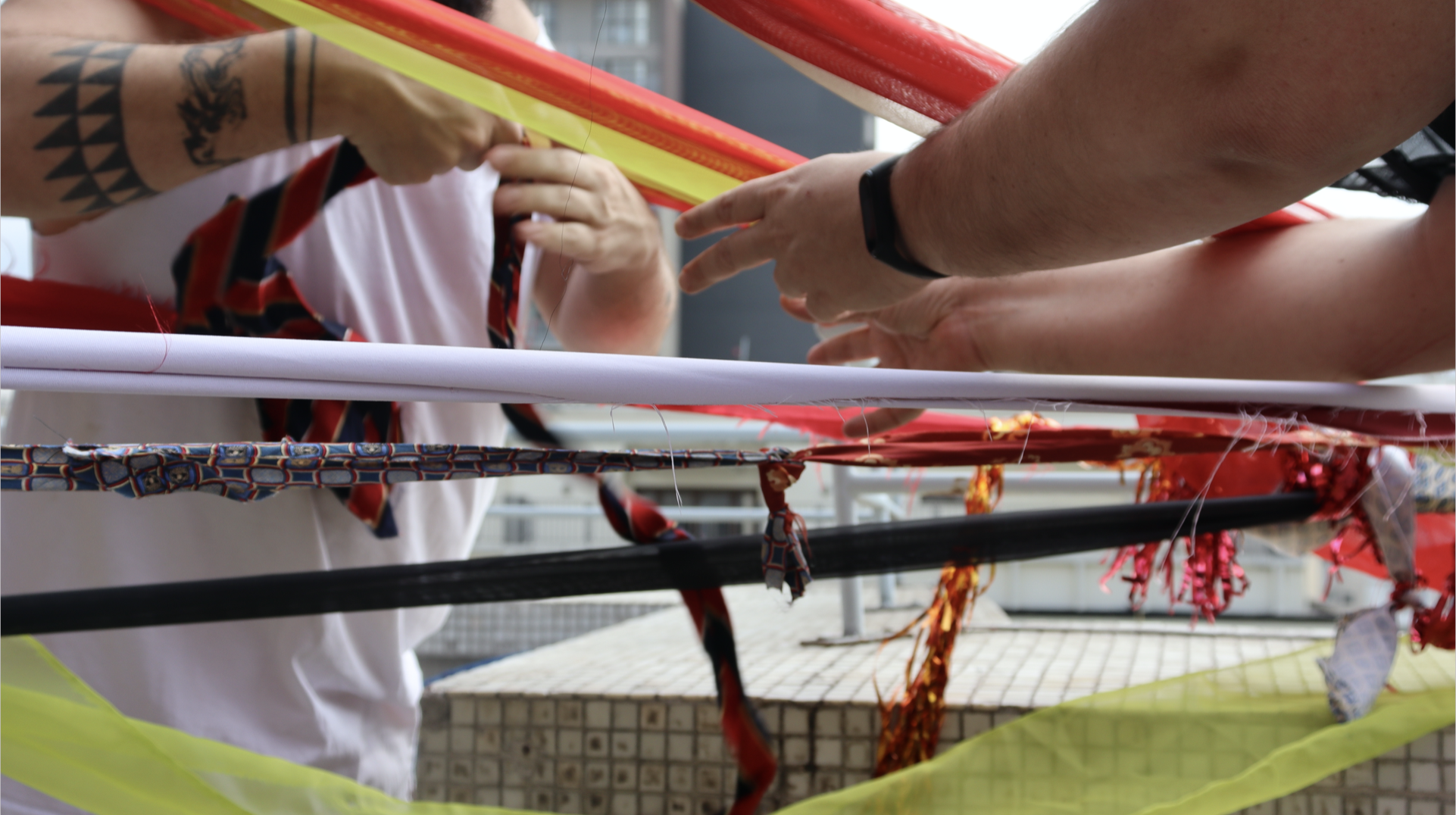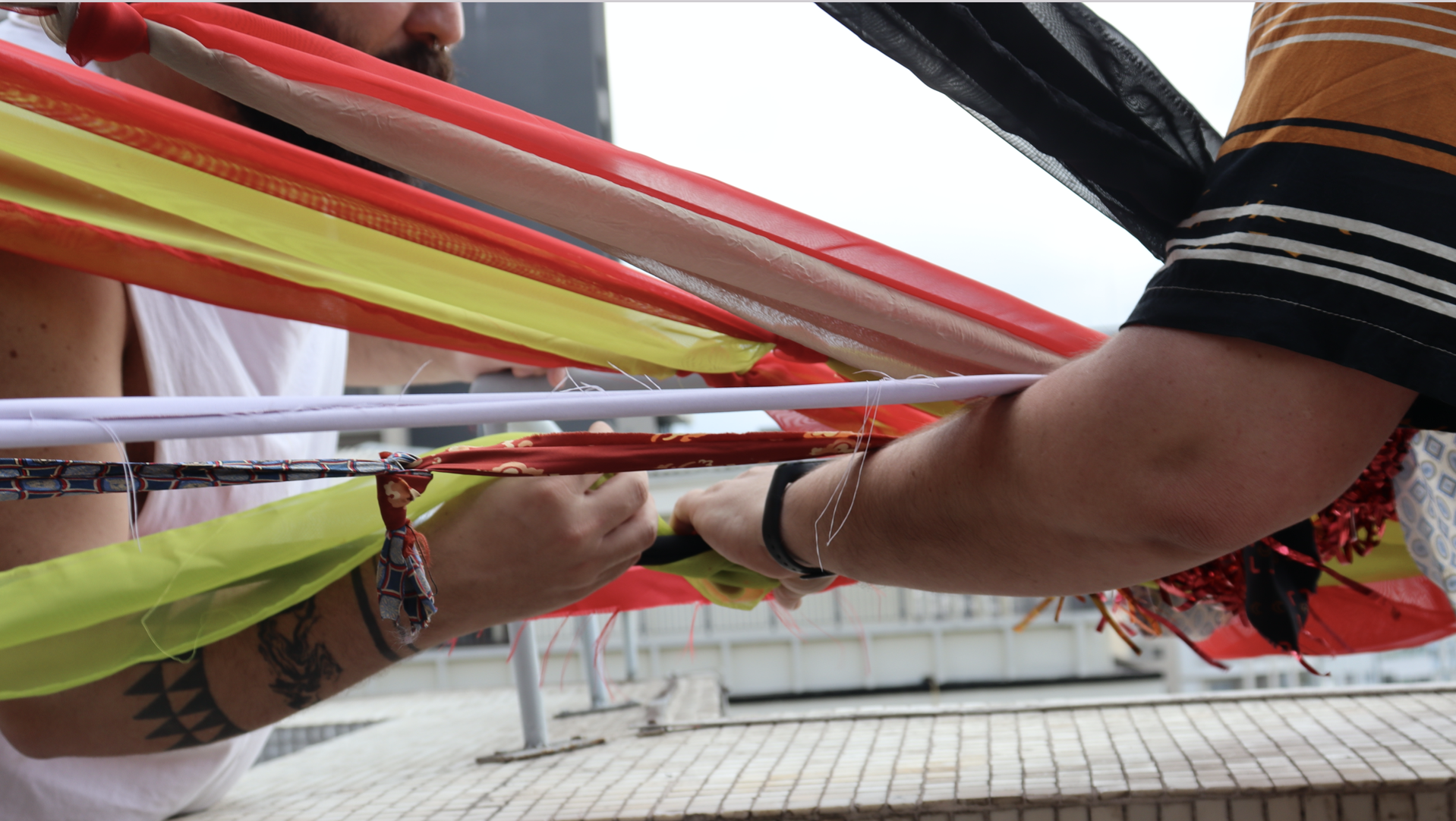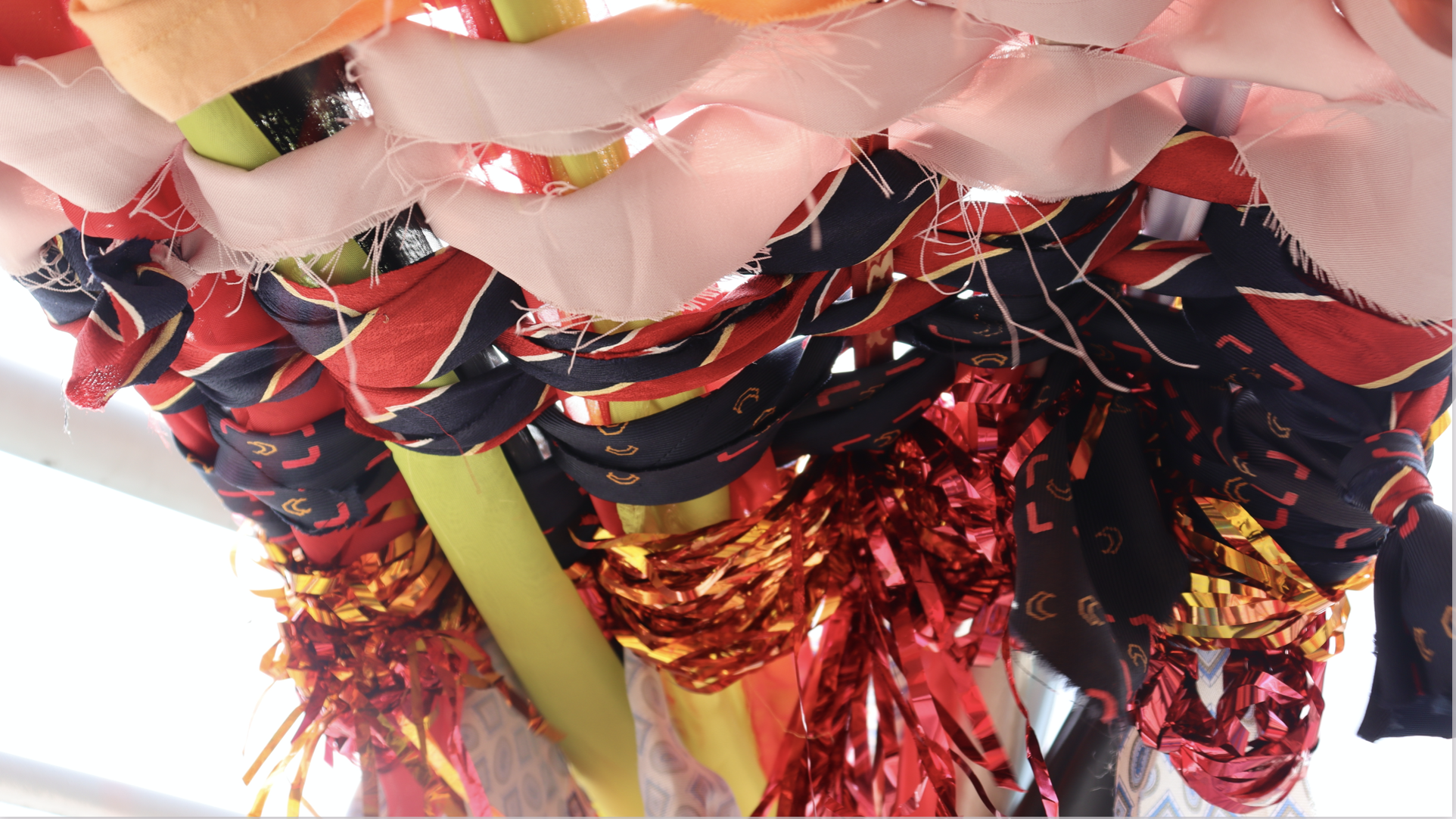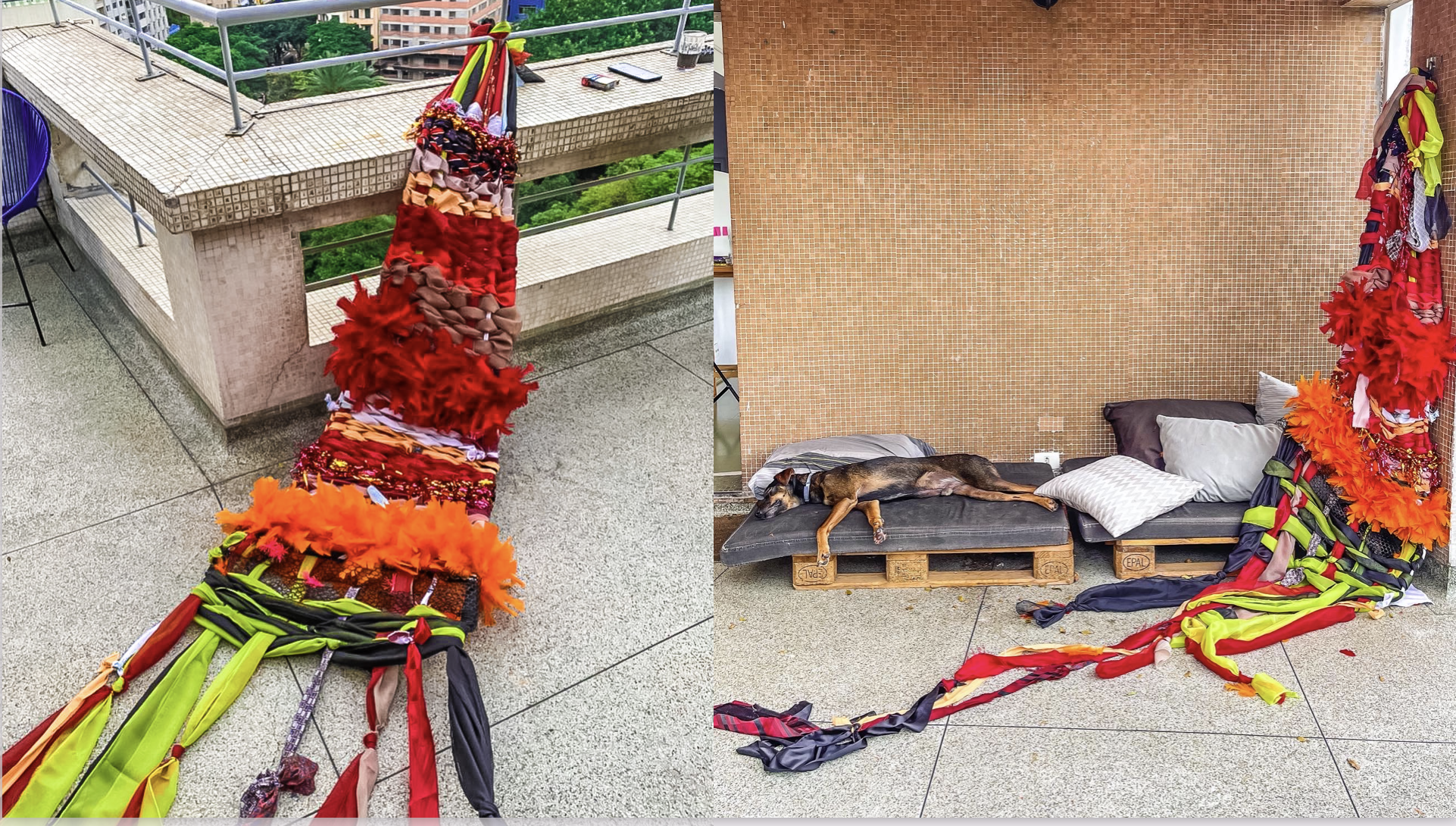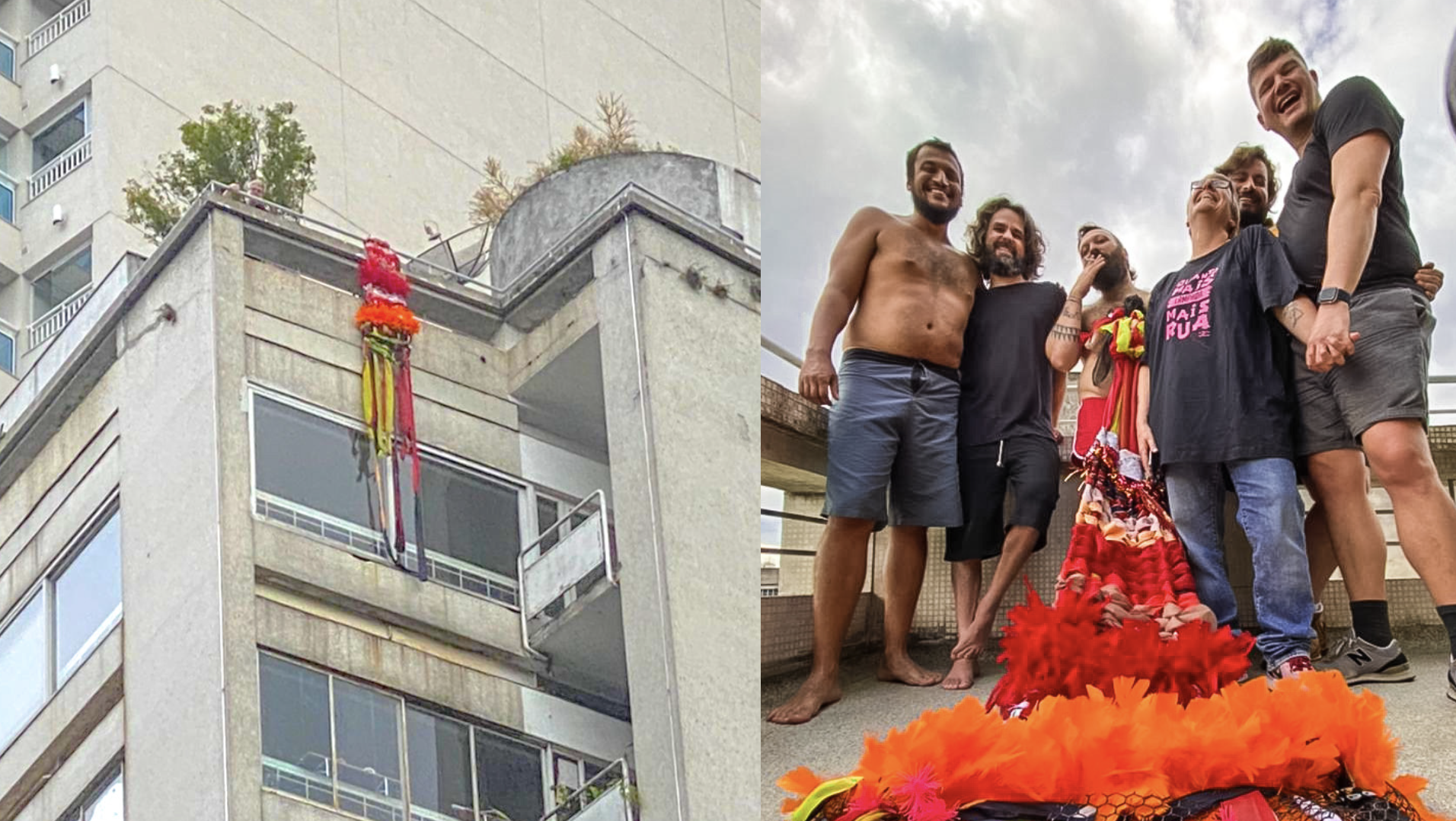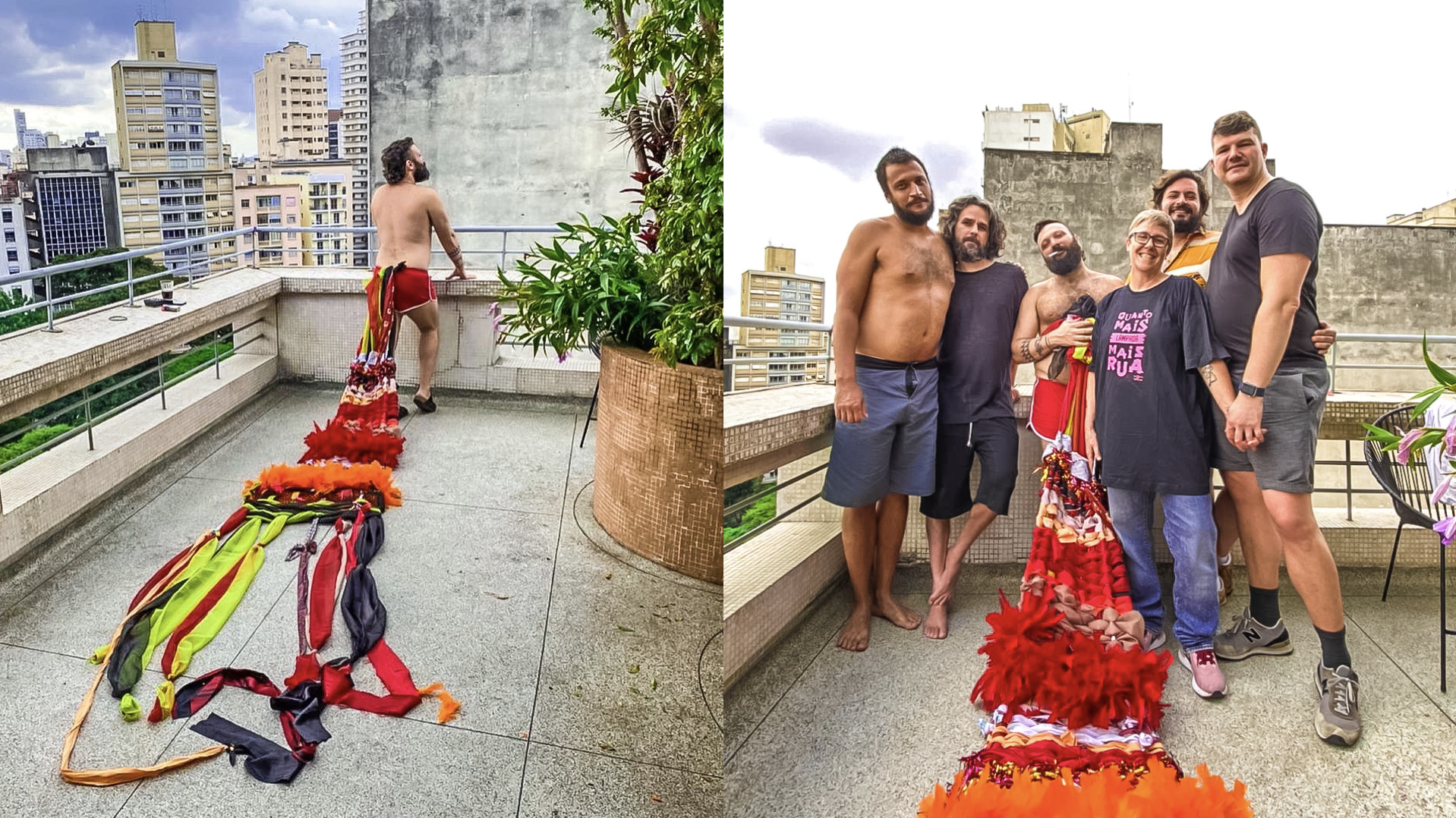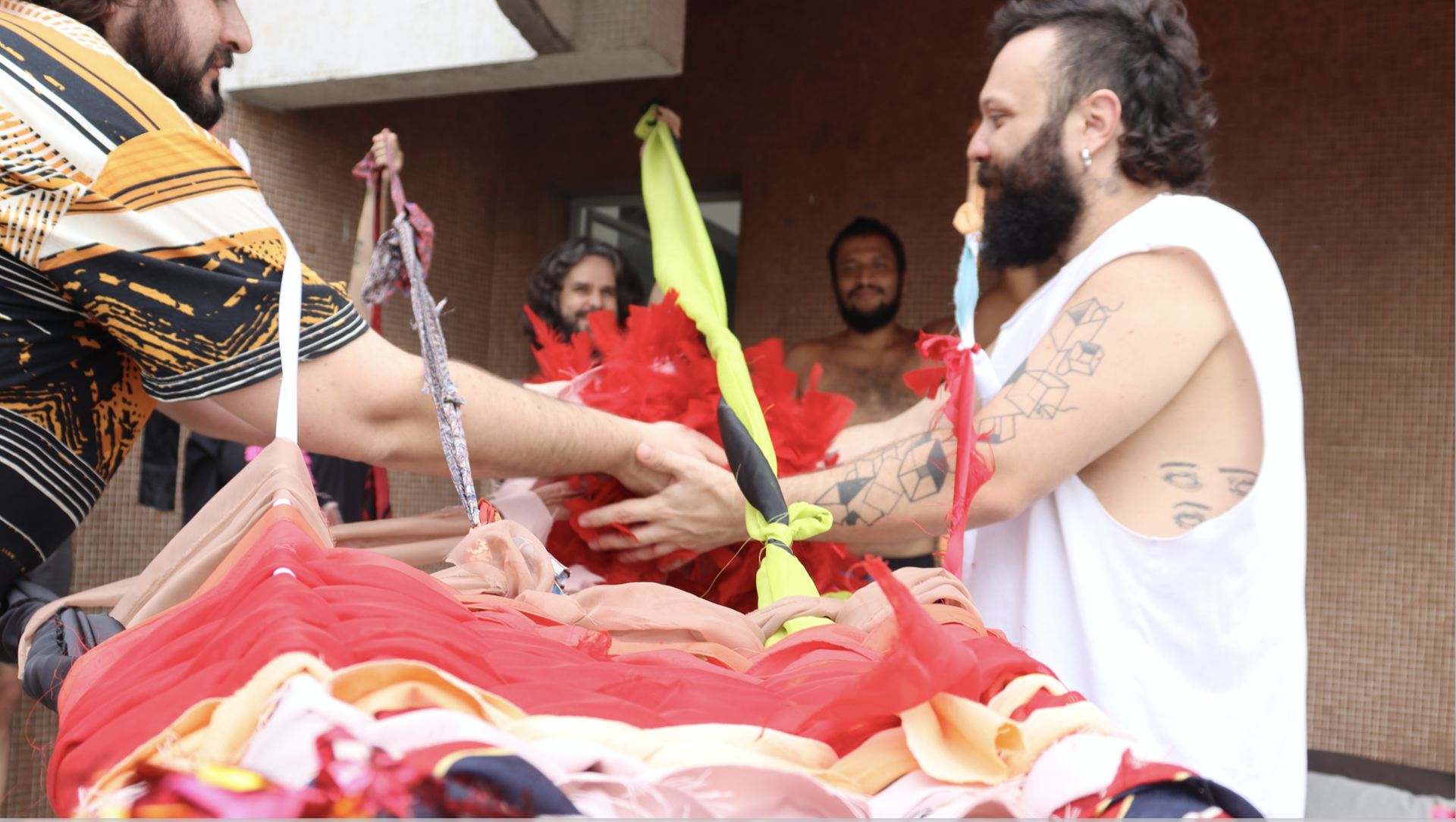
ISCTE-IUL, Master in Anthropology
I have a Master''s degree in Anthropology fom ISCTE-IUL, Lisbon, Portugal (2023). My thesis was about the frictions between art, queer activism, and intersectionality based on the experience of A Revolta da Lampada, collective that I co-founded in Sao Paulo (2014). My fieldwork, besides having had in-depth interviews with my fellow activists at the collective and an extensive analysis of our archives and memories, also featured an artistic residence with some of the members - some pictures of the residence are featured below.
Read my thesis here. (in Portuguese)
ABSTRACT IN ENGLISH
In 2014, in São Paulo, I co-founded an a(r)tivist and intersectional collective called A Revolta da Lâmpada. Our thing was to bring together a crowd of rejected, violated, dispossessed, and stigmatized bodies to take to the streets in a mix of protest and party. We had two bets: 1) to build an alliance between diverse oppressed communities, which came from different identities (queer and/or feminist and/or black and/or displaced and/or living with HIV and/or body positive, among other markers), 2) to believe in art and partying as the knots that would make this coalition possible. These bets revealed two unstable positions: 1) between belonging and otherness, 2) between the (alleged) sensitive field of art and the (alleged) pragmatic field of activism. Throughout the collective’s existence, these two initial crossroads have triggered several others, creating frictions, intertwinings, transits, tricks. My aim in bringing A Revolta da Lâmpada’s experience into ethnographic research, therefore, is also a crossroad trick: I want to use academic lenses to possibly discover other outlines in extra-academic practices, and vice-versa. I do this from my own autoethnographic friction as simultaneously researcher and "object" (hate this word) of research. This is less an attempt to find crystallizing answers about the collective, and more an investigation of how A Revolta da Lâmpada has sailed, using which boats, if with more or less skill, through the crystalline rivers of doubts that flow between the binary rocks that have always surrounded its trajectory.
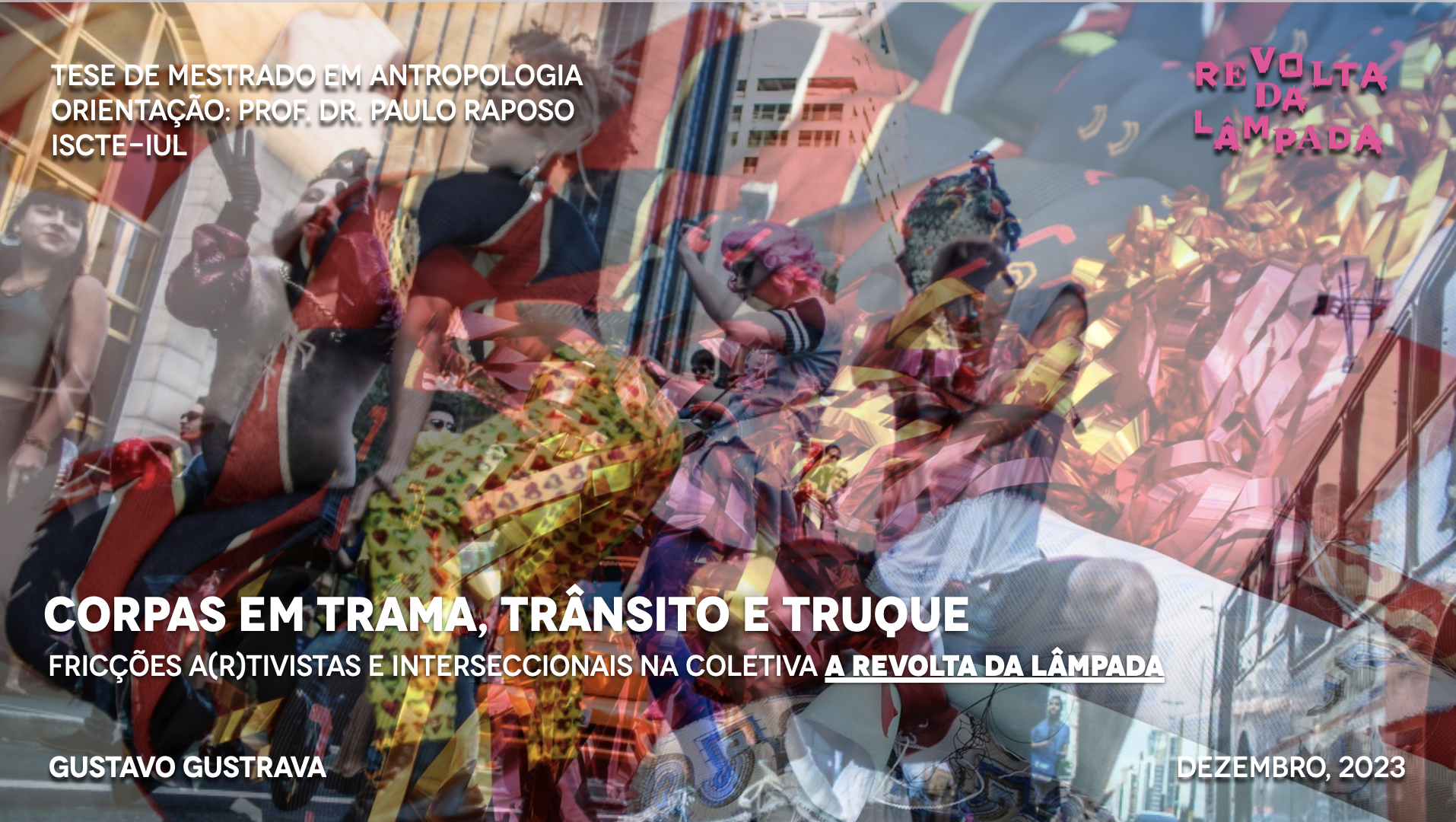
I have a Master''s degree in Anthropology fom ISCTE-IUL, Lisbon, Portugal (2023), mentoured by professor Paulo Raposo. My thesis was about the frictions between art, queer activism, and intersectionality based on the experience of A Revolta da Lampada, Brazilian collective that I co-founded and acted as an active member during its almost 10 years of existence. My fieldwork, besides having had in-depth interviews with my fellow activists and an extensive analysis of our archives and memories, also featured an artistic residence with some of the members - a few pictures of the residence are featured below.
Read my thesis here. (in Portuguese)
ABSTRACT (in english)
In 2014, in São Paulo, I co-founded an a(r)tivist and intersectional collective called A Revolta da Lâmpada. Our thing was to bring together a crowd of rejected, violated, dispossessed, and stigmatized bodies to take to the streets in a mix of protest and party. We had two bets: 1) to build an alliance between diverse oppressed communities, which came from different identities (queer and/or feminist and/or black and/or displaced and/or living with HIV and/or body positive, among other markers), 2) to believe in art and partying as the knots that would make this coalition possible. These bets revealed two unstable positions: 1) between belonging and otherness, 2) between the (alleged) sensitive field of art and the (alleged) pragmatic field of activism. Throughout the collective’s existence, these two initial crossroads have triggered several others, creating frictions, intertwinings, transits, tricks. My aim in bringing A Revolta da Lâmpada’s experience into ethnographic research, therefore, is also a crossroad trick: I want to use academic lenses to possibly discover other outlines in extra-academic practices, and vice-versa. I do this from my own autoethnographic friction as simultaneously researcher and "object" (hate this word) of research. This is less an attempt to find crystallizing answers about the collective, and more an investigation of how A Revolta da Lâmpada has sailed, using which boats, if with more or less skill, through the crystalline rivers of doubts that flow between the binary rocks that have always surrounded its trajectory.
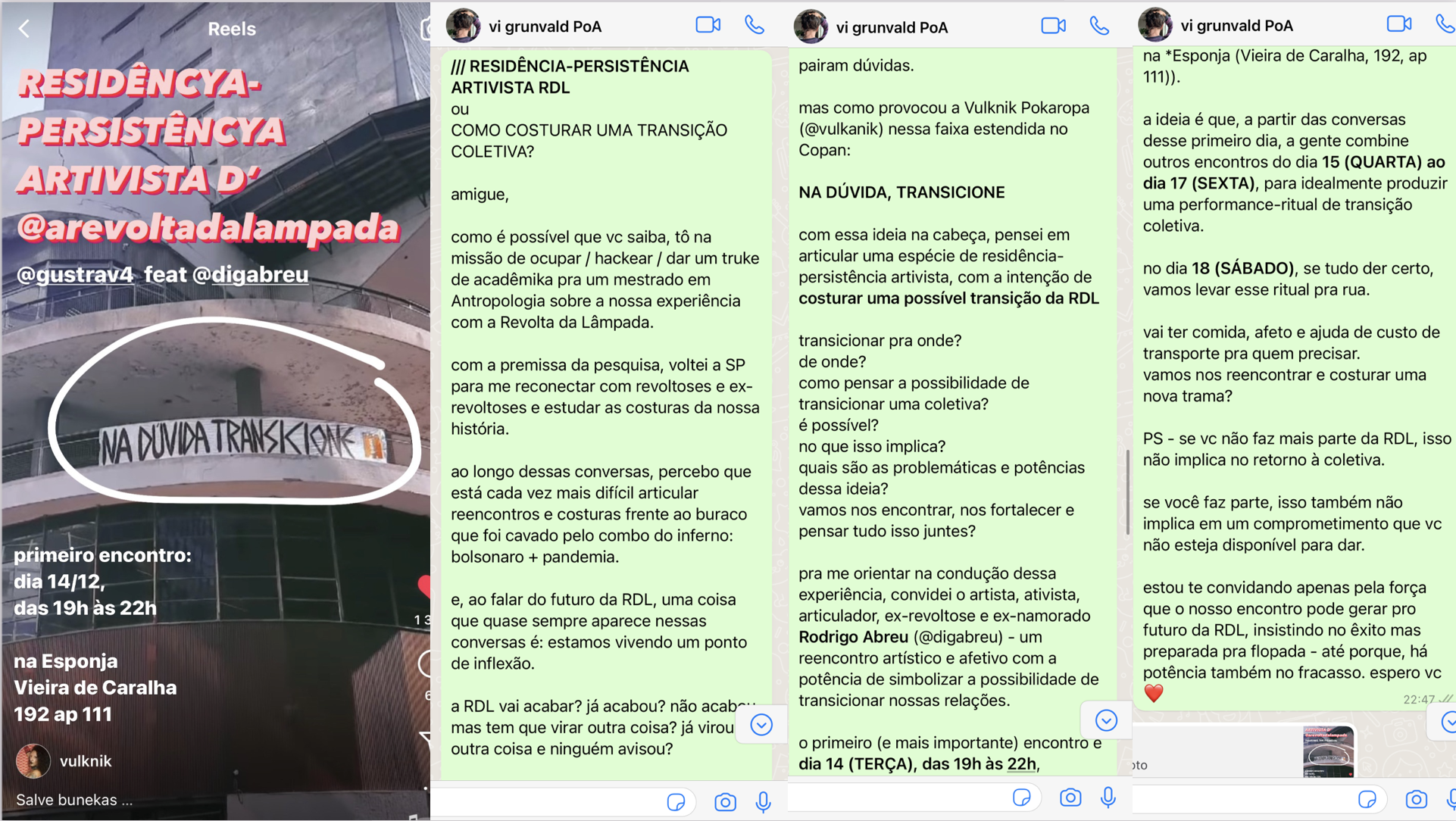
Invitation for the residency
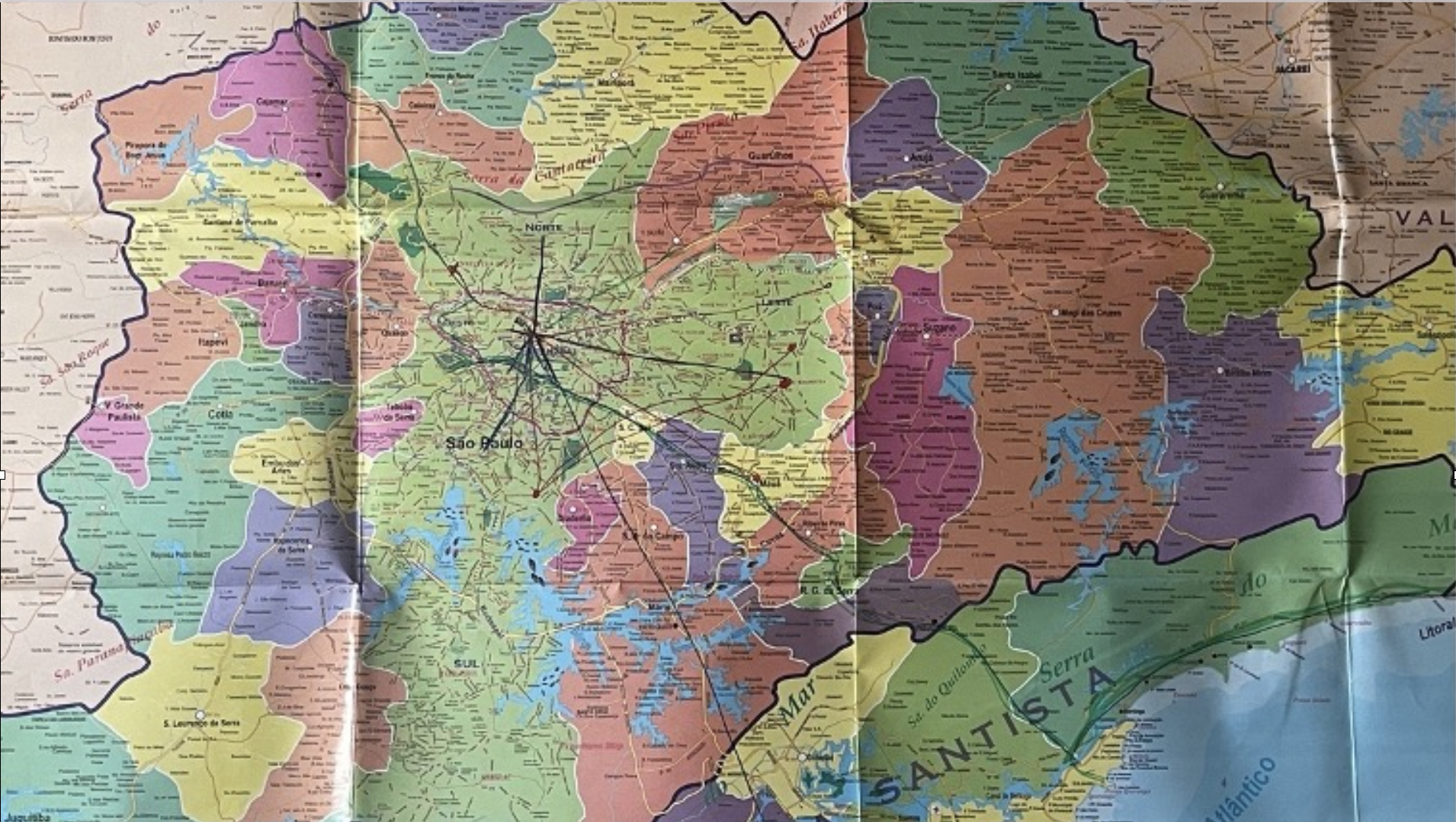
A map of Sao Paulo, in which every participant was asked to draw a line outlining their trajectory from home to the venue where the residency was taking place (Sao Paulo downtown)
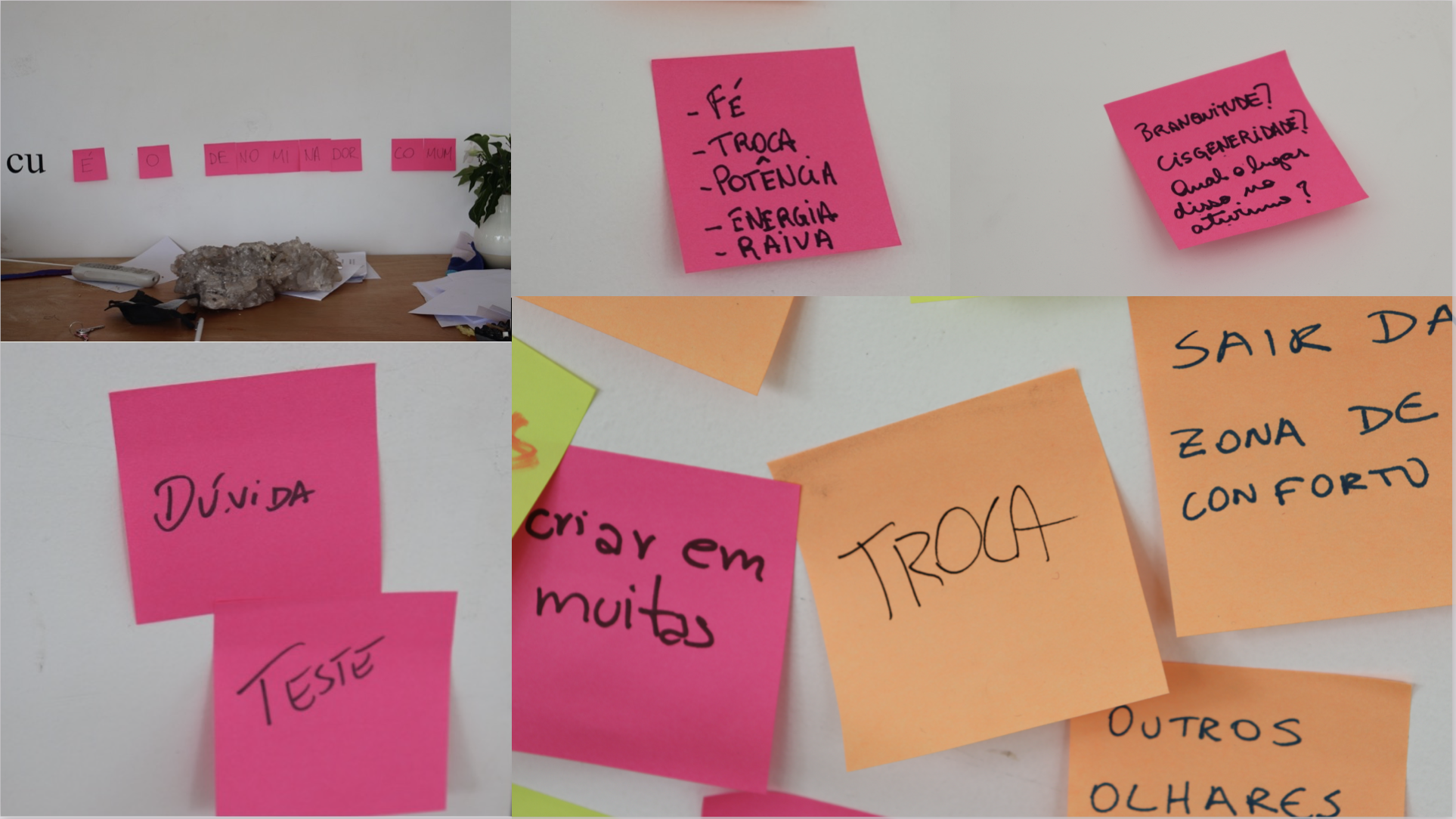
Post-its with some impressions of the collective
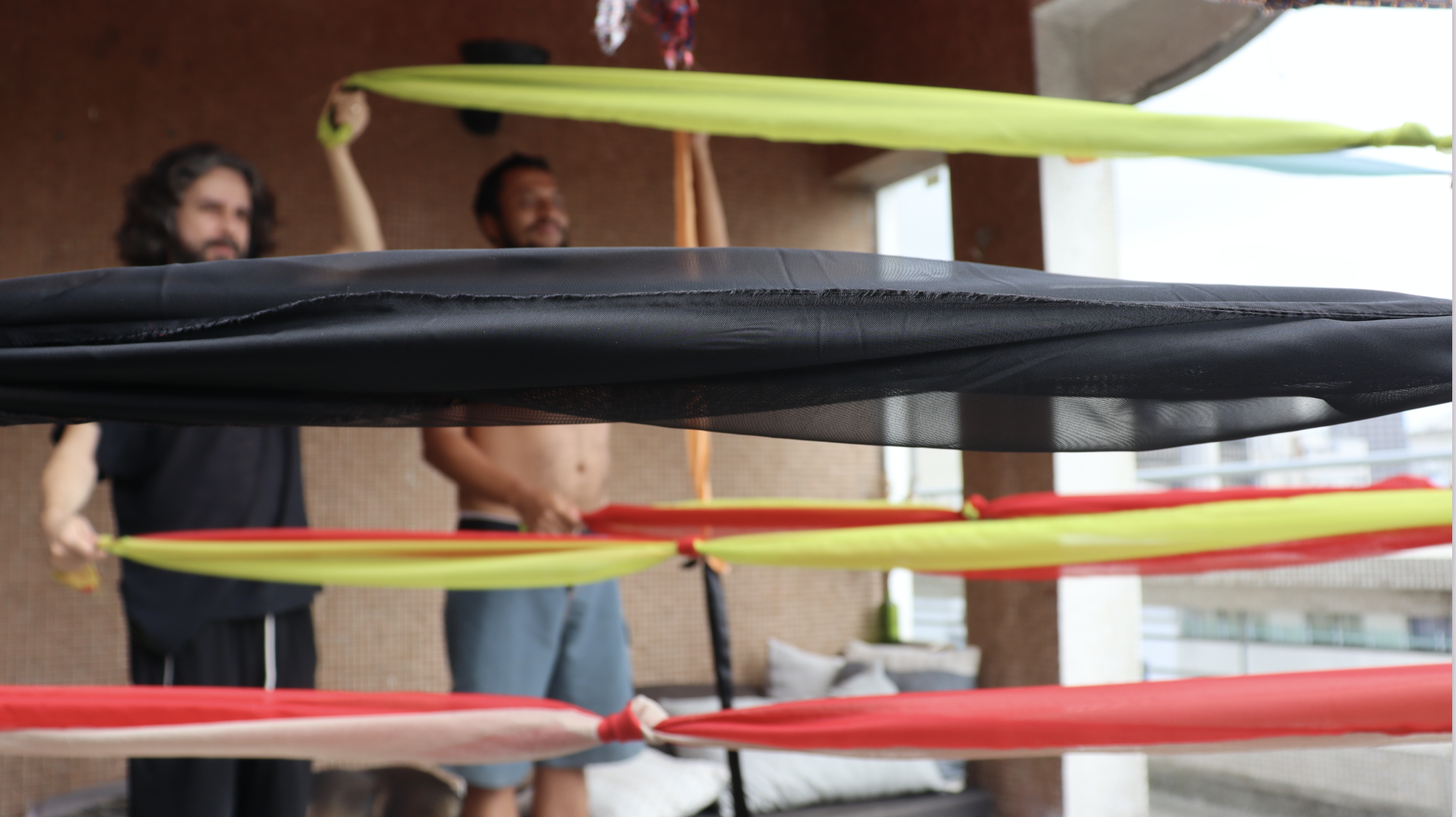
Pictures of the performance Body-Weave, conceptualized by artist Alexandre Heberte, in which we had to use our bodies in a synchronized choreography to collectively weave stripes of fabric, creating a piece that could intertwine our individual perspectives
